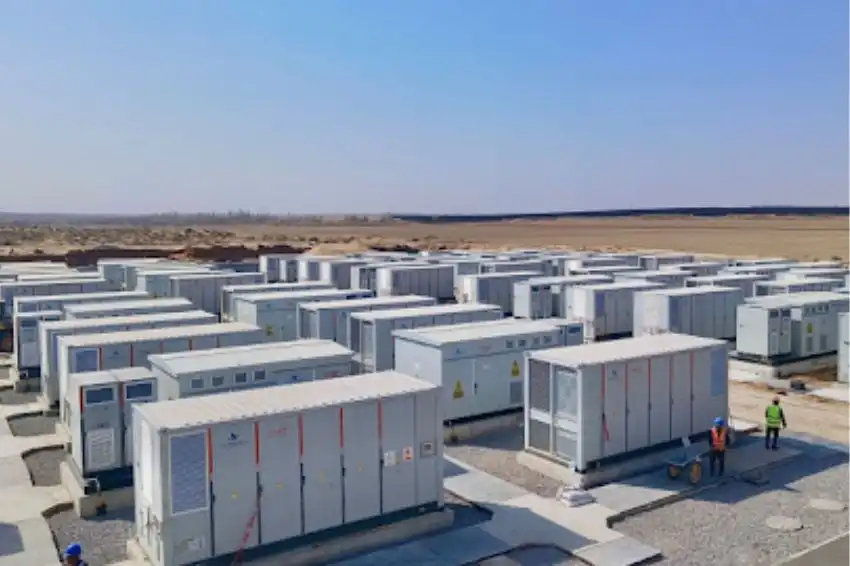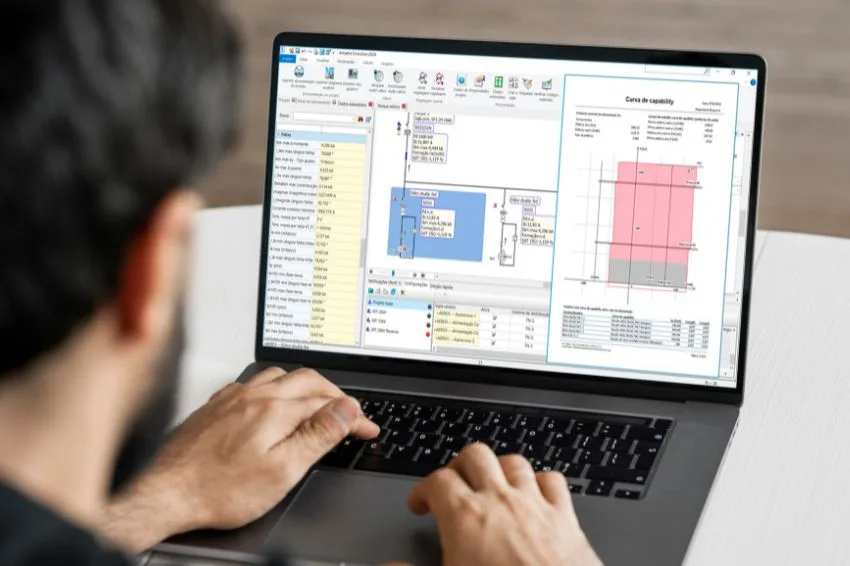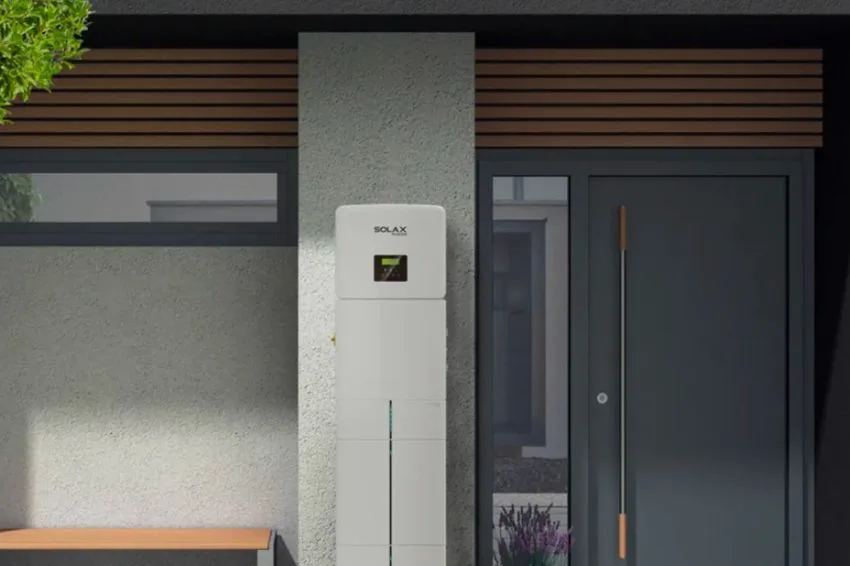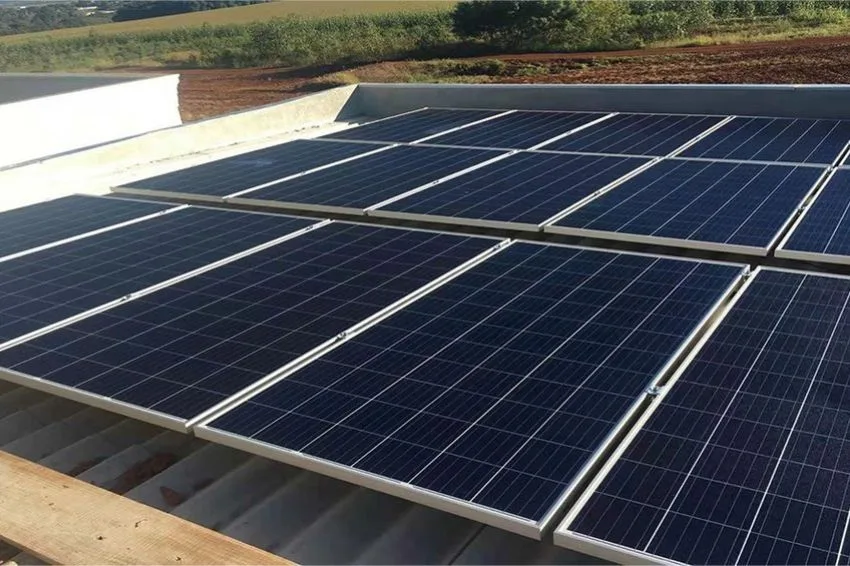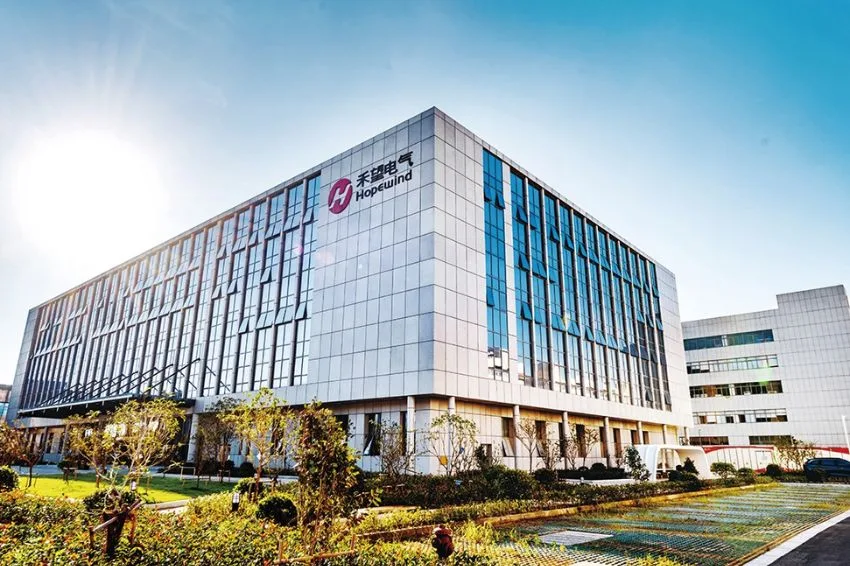During the idealization of a photovoltaic solar energy generation project, it is necessary to terrain analysis, roof, relief and nearby buildings, thus contributing to the survey of the potential generation of the site, considering the possible shading and available area for fixing the panels, normally installed in structures fixed to the ground, slab or on roofs.
In both installation locations, the action of the wind will generate mechanical stress on the components of the photovoltaic panel fixing structures, and is It is essential to understand some concepts for the correct installation of the system.
NBR 6123 establishes procedures for testing and calculating wind forces acting on buildings of common format, that is, studies that involve abnormally shaped buildings require special studies, through professionals with renowned technical knowledge of the subject.
Brazil is divided by the standard into different wind regions, according to their respective basic wind speeds, which are by definition: “speed of a gust of 3 s, exceeded on average once in 50 years, at 10 meters above the land, in an open and flat field”. As a result of these data, the wind isopleth was established according to the region:

To determine the distance between photovoltaic module fasteners, in addition to the basic wind speed, there are other variables, including:
- Topography: depending on the exposure or protection of the building due to the relief, this factor will influence increasing or reducing the incident wind, with crests and peaks considered as more exposed, while valleys are more protected;
- Pressure coefficient: It is the balance between positive (compression) and negative (pulling) traction. The angle of the panels interferes with this balance: the greater the angle (more southerly latitudes), the greater the wind action on the panels;
- Roughness factor: This is the characteristic of the landscape that generates greater or lesser interference with the winds, such as open fields without vegetation or central regions of metropolises, divided into five categories.
When developing its products, Solar Group relates the variables above through the calculations indicated by NBR 6123, considering conservative numbers, that is, conditions in which the winds would be more rigorous. In addition, software tests and/or wind tunnel tests are carried out.
After applying the methodologies described above, installation manuals prepared with guidelines on distancing x regions.
These technical precautions during product development linked to efficient production quality control enable a 12-year warranty for all solutions, and have made the SolarGroup a reference in the market for structures for photovoltaic panels.



